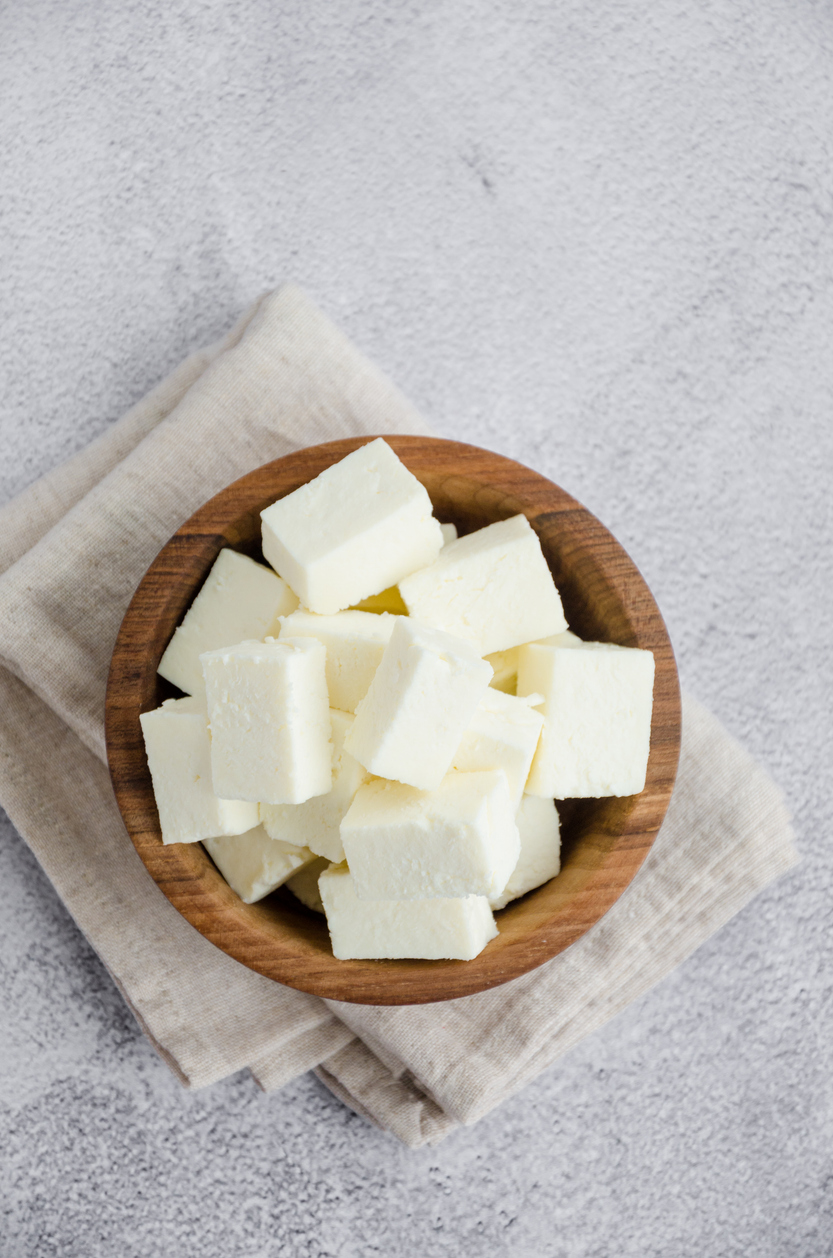Microwaves have become the go-to solution for reheating everything. From last night's leftovers to your early morning chai, it is the instant solution to warm food without much hassle. They are quick, convenient, and perfect for when you are too tired to cook. Most of us don't even think twice before popping a bowl in and pressing ‘start.' Whether it is food you have lovingly cooked at home or ordered from your favourite food delivery app, the microwave often feels like a blessing. But here's the thing. Not everything that goes inside it is safe. Some materials release toxins, while others can damage the appliance altogether. So before you hit reheat again, it is worth knowing what really belongs in your microwave and what definitely doesn't.
Also Read: Winter Drinks You Cannot Miss: 7 Sips That Define The Season
Here Are 5 Things You Can Put In A Microwave
1. Microwave-Safe Glass Containers

Glass containers are one of the safest options for reheating food. They don't leach chemicals and distribute heat evenly. Just make sure the glass is labelled “microwave-safe” to prevent cracking. If you have ordered a curry or dal from your favourite food delivery app, it is always better to transfer it into a clean glass bowl before reheating, if it comes in an alien container. It not only keeps the food safe but also maintains its original flavour and texture.
2. Ceramic Plates and Bowls
Ceramic is another good choice for reheating food. It is sturdy, retains heat well, and won't release harmful substances when exposed to high temperatures. However, avoid ceramics with metallic rims or fancy gold detailing as they can cause sparks inside the microwave. A simple ceramic bowl is perfect for reheating that leftover biryani or sabzi from last night.
3. Microwave-Safe Plastic (With Caution)

If you are using plastic, make sure it is explicitly marked as microwave safe. Some plastics melt or release harmful chemicals when heated. Always double-check the symbol underneath the container. It is still a good habit to limit microwave use for plastic containers, especially when you are dealing with oily or spicy gravies that can heat unevenly.
4. Paper Towels or Parchment Paper
These are useful for covering food to prevent splatters or for reheating snacks like samosas or rotis. Just ensure the paper does not touch the heating element or overhang. Avoid printed or recycled paper as they may contain chemicals or ink that's not food-safe.
5. Microwave-Safe Silicone Containers
Silicone containers are flexible, easy to clean, and safe for microwaving. They can handle both high and low temperatures without melting or warping. Ideal for reheating small portions or desserts, silicone is quickly becoming a go-to option for modern kitchens.
Also Read: 6 Easy Indian Recipes You Can Cook In 15 Minutes
What You Should Not Put In A Microwave

Here are some things that should not be used in a microwave:
1. Aluminium Foil And Metal Containers
One of the most common mistakes, never microwave metal or foil containers. Metal reflects heat instead of absorbing it, which can cause sparks or even fires. Even if you have ordered food in foil from your favourite food delivery app, always transfer it into a microwave-safe dish before reheating.
2. Plastic Takeaway Boxes (Without Labels)
Those thin plastic containers that come with takeout meals are not meant for microwaves. They can melt or release microplastics into your food. Always check for the microwave-safe symbol. When in doubt, move the food to a glass or ceramic container instead.
3. Styrofoam Cups And Boxes

Styrofoam is a definite no. It melts quickly and releases toxic chemicals when exposed to high heat. If your leftovers are stored in a Styrofoam box, transfer them immediately before microwaving. It is not worth risking your health for a quick reheat.
4. Plates With Metallic Paint Or Trim
That fancy dinnerware might look great for serving, but it is dangerous inside a microwave. Metallic paint or trims can cause electrical sparks and damage your appliance. Stick to plain ceramic or glass when reheating your food.
5. Hard-Boiled Eggs (Unpeeled)
Microwaving unpeeled boiled eggs can be a small disaster waiting to happen. The steam buildup inside the shell can make them explode. If you want to warm them up, peel and cut them first, or simply let them come to room temperature naturally.
How To Handle Your Microwave Like A Pro

Here are some simple tips to use and handle your microwave for prolonged usage:
1. Stir Or Rotate Your Food Halfway Through
Microwaves heat unevenly, which is why the centre often stays cold while the edges turn too hot. Stirring halfway through the heating cycle helps distribute heat evenly and prevents overcooking.
2. Use A Microwave Cover To Trap Moisture
Covering your food with a microwave-safe lid or plate helps lock in steam and moisture, keeping dishes like rice or curries from drying out. It also prevents splatters and saves time on cleanup later.
3. Let Food Rest For A Minute After Heating
Once the timer beeps, resist the urge to dig in immediately. Letting food sit for a minute or two allows the residual heat to spread evenly through the dish.
4. Keep The Inside Clean After Every Use
Food splatters can absorb heat and cause unpleasant odours over time. Wipe the microwave interior regularly with a damp cloth or a mix of water and lemon juice.
5. Use The Right Power Setting For Each Food Type
Not every dish needs full power. Use medium heat for rice, dal, or curry to prevent spillage, and low heat for delicate items like desserts or dairy-based foods.
So, now you know what to put in your microwave to prolong its usage and keeping your food safe!
Disclosure: This article may contain links to third-party websites or resources. However, this does not affect the integrity of the content, and all recommendations and views are based on our independent research and judgment.











